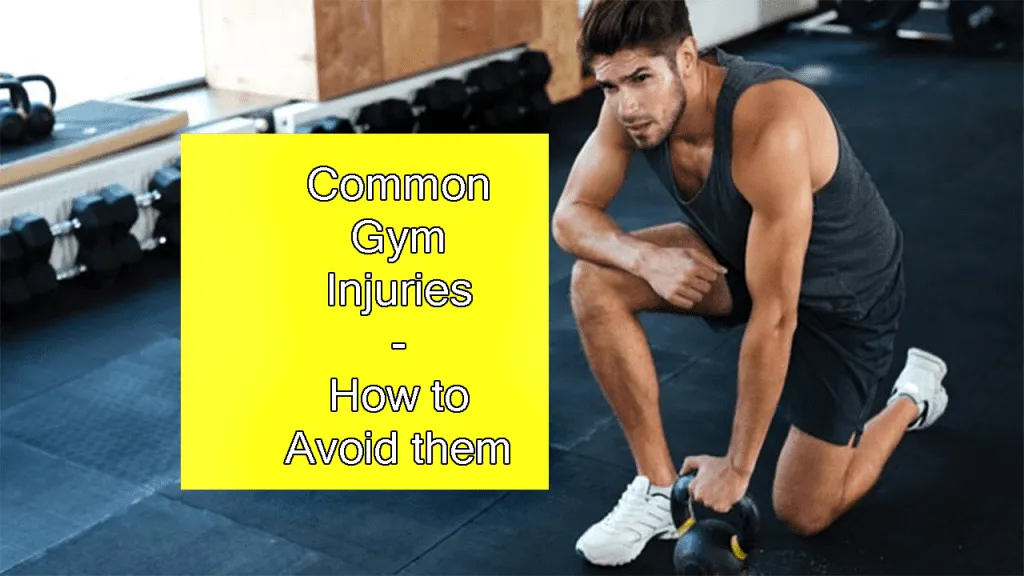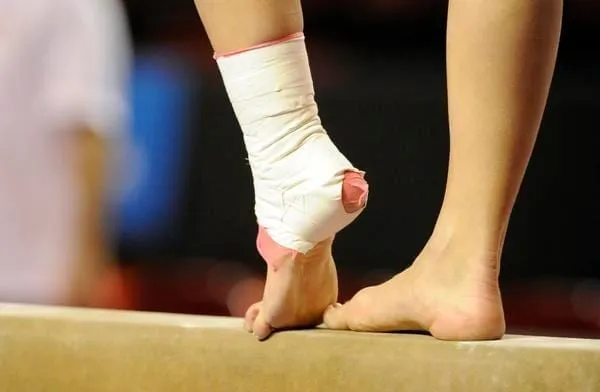As common as workout injuries may be, everyone fears getting one, but there’s no rule of thumb to avoid getting any. As the saying goes: no pain, no gain. You can’t possibly avoid pain, but misunderstanding tendon tear for the usual cramps can lead to serious damage to muscles and ligaments.
This is why it’s important to know your exercises well and your pains better.
Recommended Post
Here, we look at the most common injuries during workouts and different ways to prevent them:
1. Feet
Did you know that your feet contain a quarter of your body’s bones and hundreds of ligaments and tendons? Not only do your feet bear the weight of your entire body but this weight may increase as much as 20 times in impact during high-intensity workouts.
This can result in a number of injuries ranging from sudden to those which develop overtime. Repeated pressure on the feet can cause you to develop sesamoiditis, stress fractures and plantar fasciitis for exercises that involve a lot of jumping.
A recent study conducted by BootBomb.com, a magazine that reviews footwear, explains that 50% of all foot injuries are a result of wearing the wrong footwear to the gym. A lot of shoes don’t offer the cushioning required for heels and feet so it is important to select your trainers according to your workout.
Once the impact is evenly distributed along the whole foot, your chances of developing foot injuries become minimal.
2. Ankle Sprains
Your ankle is one of the most mobile joints in your body, which makes its chances of being sprained enormous. Ankle sprains mostly occur during running but that’s not the only cause for it. Any exercise, even stretching too long, that stretch your ankle’s ligaments may completely or partially tear it, causing the sprain.
Doing ankle flexibility exercises can strengthen your feet and ankle muscles, allowing for added flexibility. If you tend to run or jog a lot, prefer flatter surfaces to run on.
3. Shin splints
Shin splints most commonly occur in runners and individuals who do a lot of running, jogging or jumping. Shin splints are referred to as the pain caused in the tibia (shinbone) which occur as a result of over-stressed muscles, basically doing a lot of exercise in little time.
The pain may aggravate after a few workouts only and unlike the usual cramps, this pain doesn’t go away by increasing the frequency of your workout or even continuing it for that matter.
In order to prevent shin splints, its best to increase one’s mileage and exercise intensity slowly. It is highly advised to discontinue running and other exercises which exert pressure on your legs, during the pain. Running on surfaces other than concrete may help in preventing and curing shin splints. Softer surfaces include exercising/running on grass, sand trails, and even treadmills.
Lastly, changing your running shoes can also help. Chances are that your shoes do not have sufficient cushioning or stability to offer, hence the pain.
4. Runner’s knee
Any exercise that involves jumping, running or cycling, basically anything that produces stress on your knee muscles repeatedly can cause runner’s knee. Runner’s knee is broadly used to refer to describe several conditions that are responsible for causing pain around the kneecap.
Runner’s knee is common among obese people and women of middle age. To prevent it, you can do warm up exercises before you begin with actual exercises which are bound to put a strain on your knee. This prevents the knee from sudden pressure, which is why its always recommended increasing the pace of your exercise gradually.
Similarly, whichever shoes you get, look for shock absorption properties in them. If you happen to be flat footed, make sure you wear orthotics.
5. Wrist Sprains
Among all kinds of injuries, one is prone to suffer from in gym, wrist sprains are the most common. You might not necessarily get them from weight lifting, all it takes is losing your balance for a split second. As a reflex, one automatically sticks out their hand to save oneself, which directs your entire body weight to your forearm, stretching the ligaments, even breaking them in worst cases.
As common as they may be, its hard to prevent wrist sprains since they are not a result of some prolonged carelessness or overexertion, but a result of accidents which can happen to anyone, even the best of athletes.
6. Rotator Cuff Injury
Rotator cuff is formed by a group of four muscles that support your shoulder joint and hold it in place. Rotator cuff injuries are usually a result of over lifting weights which cause inflammation of tendons that connect the muscles and bones in your shoulders.
This is also termed as overworking your delts, which occurs when you lift too many delts or too heavy shoulder presses. The most common cause of rotator cuff injury is not paying much attention to your form and angle when trying to get that one last rep in.
To prevent such injuries from taking place, you need to ensure that your posture and form is perfectly set, keeping your elbows at an angle that is in front of your body rather than to the sides. Do not try and go wide since that will only add more strain to your rotator cuff.



